SideTracked EarthCache - London Bridge Granite EarthCache
SideTracked EarthCache - London Bridge Granite
-
Difficulty:
-

-
Terrain:
-

Size:  (other)
(other)
Please note Use of geocaching.com services is subject to the terms and conditions
in our disclaimer.
A Traveler's EarthCache at London Bridge Station.
About SideTracked Caches
This cache belongs to the SideTracked series. It's a distraction for the weary traveller, but anyone else can go and find it too. More Information can be found at the SideTracked Website.
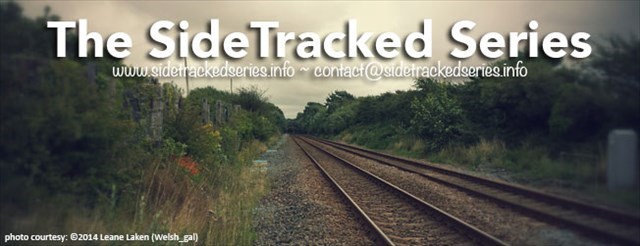
About EarthCaches
An EarthCache is a special geological location people can visit to learn about a unique feature of the Earth. Visitors to EarthCaches can see how our planet has been shaped by geological processes, how we manage its resources and how scientists gather evidence. More Information can be found at the EarthCache Website.

About SideTracked - London Bridge
The station was opened near London Bridge on 14 December 1836 south of the River Thames, making it the first and oldest of the current London railway termini.
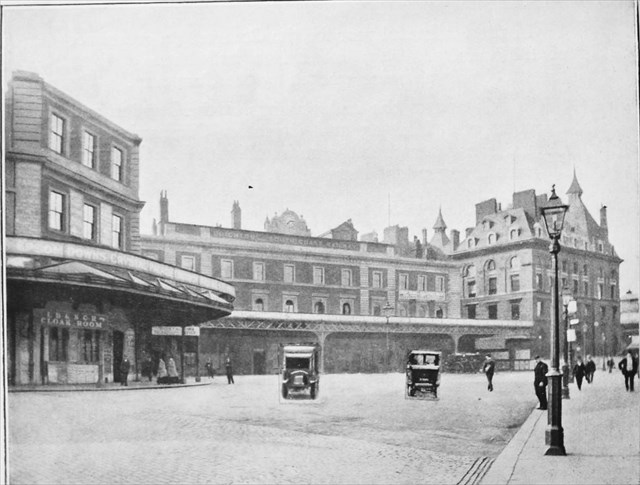
A picture of London Bridge Station in 1922
Over the years it has been rebuilt and expanded repeatedly, and is currently (Dec 2014) undergoing a major transformation as part of a wider project known as “Masterplan” to accommodate longer (12 car) Thameslink programme trains and provide many other benefits. Three terminus platforms are being closed and three new through-platforms created to allow additional services to continue either to Cannon Street or Charing Cross, or to Blackfriars and onwards via the Thameslink route. Work started in 2013 and is expected to be completed in 2018.
It is now a combined National Rail and London Underground station. In terms of passenger arrivals and departures it is the fourth-busiest station in London as well as the United Kingdom as a whole, handling over 54 million customers a year (these statistics do not include the many commuters who transfer between lines at the station).
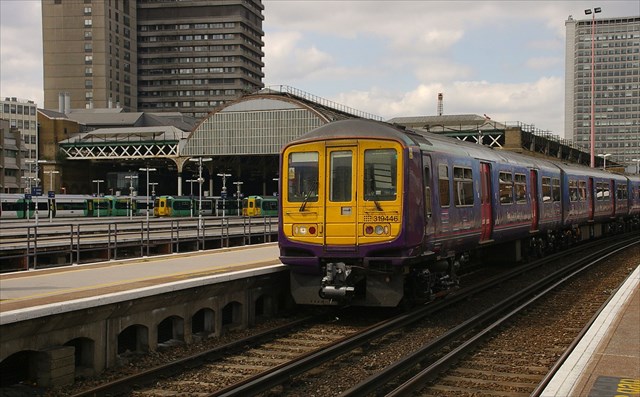
A Traveller's Earthcache
Just outside one of the entrances to the station, across the road you will find a pair of blocks of stone:
The London Bridge Coping Stones
These two granite slabs are coping stones from the former London Bridge designed by John Rennie. The bridge was opened on 1 August 1831 and featured in many films and books including those of Charles Dickens. In 1967 when the newer (current) London Bridge was going to be built, the Common Council of the City of London placed the older London Bridge on the market and began to look for potential buyers. It was sold and dismantled later in 1967 and re-erected in Lake Havasu, Arizona, USA.
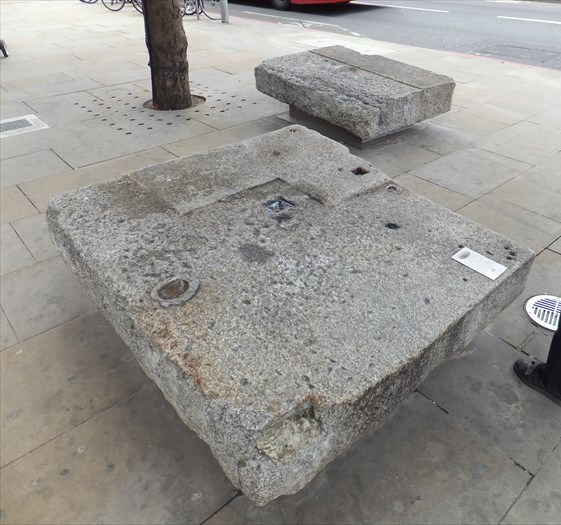
The London Bridge Coping Stones
These two pieces of the older bridge were discovered when the foundations for the Southwark Needle were being dug so they were erected as seats as part of the Southwark Gateway project. There is a plaque attached to the horizontal surface of one of them.
Granite
The bridge was constructed from Haytor granite, mined at Swelltor Quarry on Dartmoor, Devon.
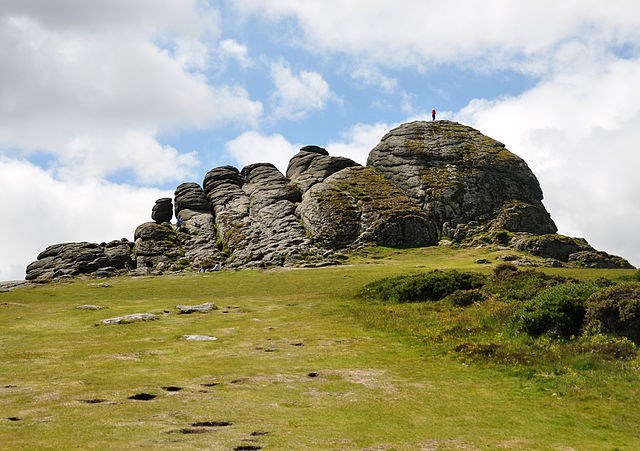
The larger eastern outcrop of Haytor
Granite originates 300 million years ago in the Carboniferous Period, a time of active mountain-building as the supercontinent Pangaea came together. This example is considered a “coarse-grained granite”, due to the large size of the crystalline structure of the stone.
Granite is an “igneous” rock, formed from molten magma. As the magma cools and solidifies, a type of rock called igneous rock forms containing randomly arranged interlocking crystals. The size of the crystals depends on how quickly the molten magma solidified. The more slowly the magma cools, the bigger the crystals. If the magma cools quickly, small crystals form in the rock. This can happen if the magma erupts from a volcano. Obsidian and basalt are examples of this type of rock. If the magma cools slowly, large crystals form in the rock. This can happen if the magma cools deep underground. Granite is an example of this type of rock, but can look slightly different depending on its chemical composition and how quickly it cools.

Examples of various types of Granite
Unlike sedimentary rocks, igneous rocks do not contain any fossils. This is because any fossils in the original rock will have melted when the magma formed.
The word "granite" comes from the Latin “granum”, grain, in reference to the structure of such a holocrystalline rock. Granite mainly consists of lighter coloured feldspar and quartz, with smaller amounts of darker mica and amphibole minerals. These form an interlocking somewhat equigranular matrix of feldspar and quartz with scattered darker biotite mica and amphibole peppering the lighter color minerals. This is clearly visible in the stone these slabs are made of.
Granite is nearly always massive (lacking any internal structures), hard and tough, and therefore it has gained widespread use throughout humanity as a construction stone. The average density of granite is between 2.65 and 2.75 g/cm3, with a melting temperature of 1215–1260 °C.
To log the Earthcache
To log this cache, send me a message or email through my geocaching profile either by clicking my name at the top of this cache page, or by clicking my name below:
Pan314159.
In the message, please write the name and GC number of this geocache, which date you visited and logged it, and also the following:
1. Have a look at a 5cm x 5cm area on the surface of the stone. How many different types of grain crystal do you see? What colour are they?
2. Estimate (as a %) the proportion of different grain crystals you see in your chosen sample area.
3. Find the largest single crystal you can, and measure (or estimate) how long you think it is.
4. Logging a photo of yourselves at the site or of the crystal would be great, but is optional.
That’s all you have to do. I hope this geocache was an enjoyable break in your journey.
You do not need to wait for a reply. Log the cache as soon as you have sent the message, and I will get in touch. :)
It would also be very appreciated if you could log a photo of yourselves by the slabs, or pictures of just the slabs or crystals you found. The photos are completely optional.
Please do not give away any of the required information on either your logs or photos.
ANY ARMCHAIR LOGS WILL BE DELETED. TO LOG THIS GEOCACHE YOU MUST VISIT IT.
Based on an idea given to me by Hedgepiglet.
Congratulations to Loony Londo for the FTF!
Additional Hints
(Decrypt)
Ybbx qbja, naq gnxr n gncr zrnfher jvgu lbh!